Home>Gardening & Outdoor>Plant Care & Gardening Tips>When Do You Plant Wildflower Seeds In Pennsylvania
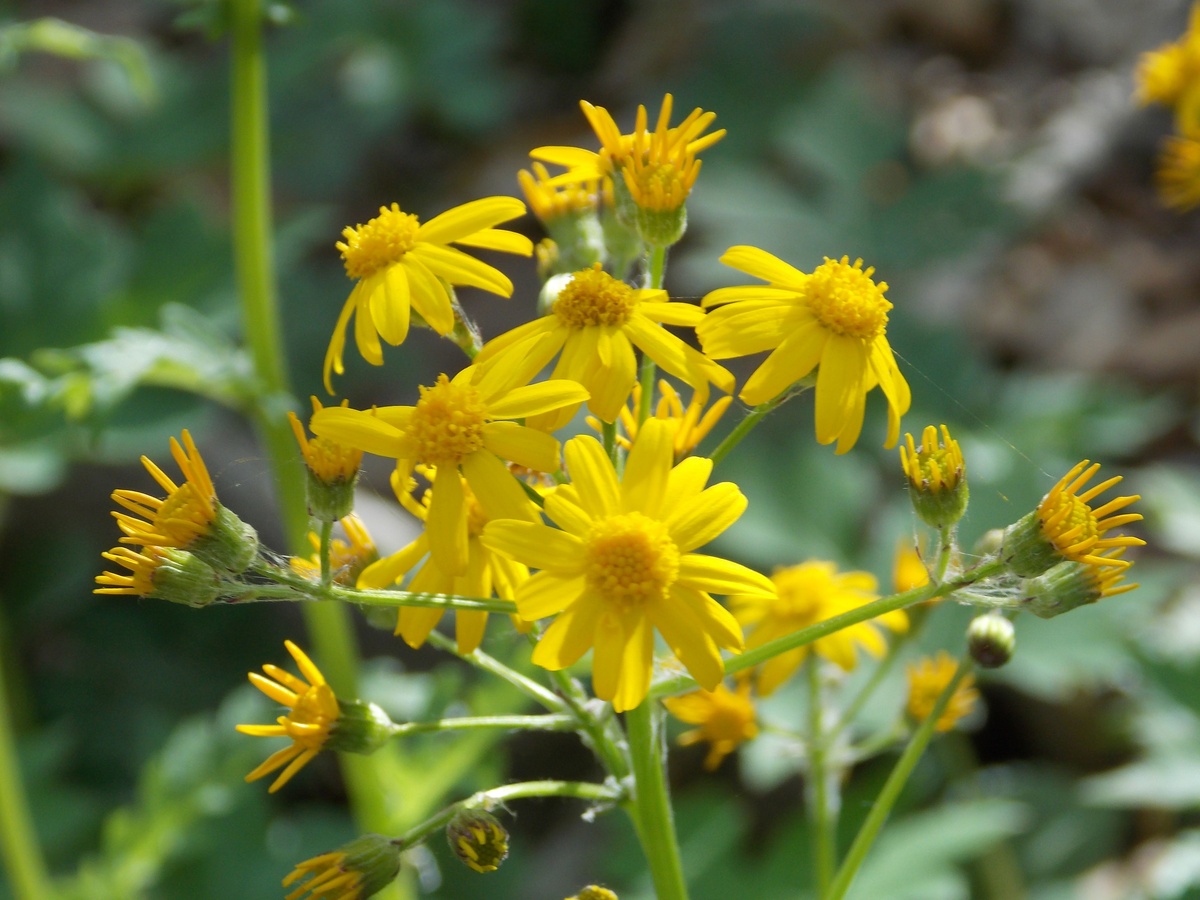

Plant Care & Gardening Tips
When Do You Plant Wildflower Seeds In Pennsylvania
Modified: March 24, 2024
Learn when to plant wildflower seeds in Pennsylvania and get expert plant care and gardening tips for a thriving garden. Discover the best time to sow wildflowers and enhance your garden with our helpful advice.
(Many of the links in this article redirect to a specific reviewed product. Your purchase of these products through affiliate links helps to generate commission for Storables.com, at no extra cost. Learn more)
**
Introduction
**
Are you a nature enthusiast looking to add a splash of vibrant colors to your Pennsylvania garden? Planting wildflowers can be an incredibly rewarding and visually stunning way to enhance your outdoor space. Not only do wildflowers attract pollinators and beneficial insects, but they also require minimal maintenance once established. However, to ensure the success of your wildflower garden, it's crucial to understand the ideal timing for planting wildflower seeds in Pennsylvania, as well as the specific care they require.
In this comprehensive guide, we will delve into the best practices for planting wildflower seeds in Pennsylvania, from understanding the local climate to selecting the right seeds and providing proper care for your wildflower garden. By the end of this article, you will be equipped with the knowledge and confidence to cultivate a breathtaking display of native wildflowers, transforming your outdoor space into a haven for both wildlife and admirers of natural beauty. Let's embark on this floral journey and unlock the secrets to successful wildflower gardening in Pennsylvania.
Key Takeaways:
- Pennsylvania’s diverse climate and topography influence the best time to plant wildflower seeds. Understanding the local climate and selecting native species are crucial for a successful and vibrant wildflower garden.
- Preparing the planting site and providing attentive care for wildflower seedlings are essential for their growth. By embracing the art of wildflower gardening, you contribute to the preservation of native flora and local ecosystems.
Read more: When Is Wildflower Season In Pennsylvania
Understanding Pennsylvania Climate
Before diving into the specifics of planting wildflower seeds, it’s essential to grasp the unique climate of Pennsylvania. The state experiences a diverse range of climates, with the eastern regions characterized by a humid subtropical climate, while the western areas exhibit a humid continental climate. These climatic variations influence the ideal timing for planting wildflower seeds.
Generally, Pennsylvania encounters cold winters and warm summers, making it crucial to consider the local climate when selecting wildflower seeds. Certain wildflower species thrive in the cool, moist conditions of early spring, while others prefer the warmth of late spring and early summer. Understanding the nuances of Pennsylvania’s climate will enable you to choose wildflower seeds that are best suited to the region’s temperature and precipitation patterns.
Moreover, the state’s diverse topography, encompassing rolling hills, lush valleys, and expansive woodlands, further contributes to microclimatic variations. For instance, higher elevations may experience cooler temperatures and different soil conditions compared to low-lying areas. By familiarizing yourself with the specific microclimate of your planting site, you can make informed decisions regarding the selection and timing of wildflower seed planting.
Furthermore, Pennsylvania’s ample precipitation throughout the year, particularly in the form of snow during the winter months, influences the availability of moisture for wildflower growth. Considering the state’s precipitation patterns is vital when planning the establishment and maintenance of a wildflower garden, as it directly impacts the water needs of different wildflower species.
By gaining a comprehensive understanding of Pennsylvania’s climate, including temperature ranges, precipitation levels, and microclimatic variations, you can make well-informed choices when it comes to selecting the most suitable wildflower seeds and determining the optimal time for planting them.
Choosing the Right Wildflower Seeds
When embarking on a wildflower gardening journey in Pennsylvania, selecting the appropriate seeds is a pivotal step in ensuring a thriving and visually captivating garden. The state’s diverse climate and topography offer a wide range of opportunities for cultivating an array of native wildflowers. Here are essential considerations for choosing the right wildflower seeds:
1. Native Species Selection:
Opting for native wildflower species is paramount to promoting biodiversity and supporting the local ecosystem. Native plants have evolved to thrive in Pennsylvania’s specific environmental conditions, making them well-adapted to the region’s climate, soil types, and wildlife interactions. By choosing native wildflower seeds, you contribute to the preservation of indigenous flora and provide essential habitats for native pollinators and wildlife.
2. Seasonal Preferences:
Understanding the seasonal preferences of different wildflower species is crucial for successful establishment. Some wildflowers bloom in the spring, while others flourish in the summer or fall. By incorporating a variety of seasonal bloomers into your garden, you can enjoy a continuous display of colors and ensure that your garden remains vibrant throughout the year.
3. Sun and Shade Tolerance:
Pennsylvania’s varying landscapes offer a spectrum of light conditions, ranging from full sun to partial or full shade. When selecting wildflower seeds, it’s essential to consider the sunlight requirements of each species. This allows you to strategically plan the placement of different wildflowers based on the available light in your garden, ensuring that each species receives the optimal conditions for growth and blooming.
4. Soil Compatibility:
Assessing the soil composition and drainage characteristics of your planting site is vital for choosing wildflower seeds that are compatible with the existing soil conditions. Pennsylvania’s soils vary from loamy to clayey, and different wildflower species have specific soil preferences. Selecting seeds that align with your soil type enhances the likelihood of successful germination and robust growth.
5. Wildlife Attraction:
Beyond their aesthetic appeal, wildflowers play a crucial role in supporting local wildlife. Consider selecting wildflower seeds that attract pollinators, such as bees, butterflies, and hummingbirds, to foster a biodiverse and ecologically balanced garden. By creating a welcoming habitat for pollinators, you contribute to the preservation of essential ecological relationships and promote the health of the surrounding ecosystem.
By carefully considering these factors and conducting thorough research on native wildflower species, you can make informed decisions when choosing the right seeds for your Pennsylvania wildflower garden. Embracing the rich tapestry of Pennsylvania’s flora through thoughtful seed selection sets the stage for a vibrant and sustainable wildflower haven in your own backyard.
Preparing the Planting Site
Creating an optimal environment for wildflower seeds to germinate and thrive is essential for the success of your Pennsylvania wildflower garden. Before planting your selected wildflower seeds, it’s crucial to prepare the planting site to provide the ideal conditions for germination and subsequent growth. Here are key steps to prepare the planting site:
1. Soil Preparation:
Assess the soil composition and drainage of the planting site. If the soil is compacted or lacks sufficient organic matter, consider incorporating compost or organic soil amendments to improve its texture and fertility. Loosening the soil and removing debris, such as rocks and weeds, creates a favorable foundation for seed germination and root development.
2. Sunlight Accessibility:
Identify the sunlight patterns in your garden to determine the optimal placement of wildflower seeds. Clear any obstructions that may hinder sunlight exposure, ensuring that the selected planting areas receive the appropriate amount of sunlight based on the light requirements of the chosen wildflower species.
3. Weed Management:
Prior to planting wildflower seeds, address any existing weeds in the planting site. Removing weeds prevents competition for resources and reduces the likelihood of invasive species overshadowing the emerging wildflower seedlings. Consider employing natural weed control methods to maintain a healthy and weed-free environment for your wildflowers.
4. Watering Considerations:
Evaluate the water availability and drainage patterns in the planting area. While wildflowers generally require less water once established, ensuring adequate moisture during the germination phase is vital. If the soil drainage is poor, consider amending it to prevent waterlogging, which can impede seed germination and root development.
5. Microclimate Assessment:
Observe the microclimatic variations within your garden, considering factors such as wind exposure and temperature differentials. These microclimatic nuances can influence the success of wildflower establishment. Utilize this insight to strategically position the wildflower seeds, taking into account the unique microclimatic conditions that may affect their growth.
By meticulously preparing the planting site, you create an environment that is conducive to the successful germination and growth of wildflower seeds. This thoughtful groundwork sets the stage for a flourishing and resilient wildflower garden, allowing you to witness the beauty of Pennsylvania’s native flora in full bloom.
You can plant wildflower seeds in Pennsylvania in the early spring or late fall. This will give the seeds time to establish before the heat of summer or the cold of winter.
Planting Wildflower Seeds
As you embark on the exciting journey of planting wildflower seeds in Pennsylvania, it’s essential to approach the process with care and consideration. Proper planting techniques play a significant role in the successful establishment of wildflowers, ensuring that the seeds have the best opportunity to germinate and flourish. Here are the key steps to effectively plant wildflower seeds in your garden:
1. Timing and Seasonal Considerations:
Timing is crucial when planting wildflower seeds, as it directly impacts their ability to germinate and establish strong root systems. In Pennsylvania, the optimal time for planting wildflower seeds varies depending on the species and their seasonal preferences. Generally, early spring or late fall are favorable times for sowing wildflower seeds, allowing them to benefit from the moisture and mild temperatures conducive to germination.
2. Seed Distribution and Depth:
When distributing wildflower seeds, aim for even coverage across the planting area to achieve a naturalistic and balanced display of blooms. Depending on the specific wildflower species, the ideal seeding depth may vary. As a general guideline, most wildflower seeds benefit from being lightly pressed into the soil or covered with a thin layer of mulch to protect them from birds while still allowing sunlight to reach the seeds.
3. Watering and Moisture Management:
After sowing the wildflower seeds, ensure that the planting area is adequately watered to initiate the germination process. While it’s essential to provide moisture, avoid overwatering, as excessive moisture can hinder germination and lead to fungal issues. Monitoring the soil moisture levels and providing consistent, gentle watering supports the successful emergence of wildflower seedlings.
4. Mulching and Protection:
Consider using a light layer of mulch to safeguard the newly sown wildflower seeds from erosion and drying out. Organic mulch, such as straw or shredded leaves, can help maintain soil moisture and protect the seeds from the elements while still allowing them to receive the necessary sunlight for germination. Additionally, employing protective measures, such as bird netting, can prevent seed predation and enhance the chances of successful germination.
5. Monitoring and Patience:
After planting the wildflower seeds, regularly monitor the planting area for signs of germination and emerging seedlings. Exercise patience, as wildflowers may have varying germination periods, with some species taking longer to sprout than others. By attentively observing the planting site, you can identify the initial stages of wildflower growth and provide any necessary care to support their development.
By following these essential steps and best practices, you can plant wildflower seeds in Pennsylvania with confidence, setting the stage for a vibrant and biodiverse garden that celebrates the natural splendor of the region’s native flora.
Read more: When Do You Plant Broccoli Seeds
Caring for Wildflower Seedlings
Once your wildflower seeds have germinated and the delicate seedlings have emerged, providing attentive care is essential to nurture their growth and ensure the long-term success of your Pennsylvania wildflower garden. Caring for wildflower seedlings involves proactive measures to support their development and create an environment conducive to robust, flourishing plants. Here are key considerations for effectively caring for wildflower seedlings:
1. Watering Practices:
Establish a consistent watering routine to provide adequate moisture for the developing wildflower seedlings. While wildflowers generally exhibit drought tolerance once established, young seedlings require regular, gentle watering to promote healthy root development and sustained growth. Be mindful of the soil moisture levels, aiming to maintain a moist, but not waterlogged, environment for the seedlings.
2. Weed Control:
Maintain a vigilant approach to weed management to prevent invasive plants from competing with the wildflower seedlings for essential nutrients, sunlight, and moisture. Regularly inspect the planting area and promptly remove any emerging weeds to safeguard the space for the burgeoning wildflowers. Employing organic weed control methods helps preserve the ecological balance within the garden.
3. Thinning and Transplanting:
If the wildflower seedlings appear overcrowded or densely clustered, consider thinning them to provide ample space for individual plants to thrive. Additionally, if transplanting is necessary, handle the seedlings with care and ensure that they are replanted in suitable locations with favorable growing conditions. This practice promotes optimal growth and prevents overcrowding, allowing each wildflower to reach its full potential.
4. Fertilization Considerations:
While wildflowers typically thrive in nutrient-poor soils, occasional fertilization may benefit the seedlings, especially if the soil lacks essential nutrients. However, exercise caution when applying fertilizer, opting for organic, low-nitrogen options to avoid promoting excessive foliage growth at the expense of flower production. Prioritize the use of natural amendments to enhance soil fertility and support the overall health of the wildflower seedlings.
5. Monitoring and Support:
Regularly monitor the growth and development of the wildflower seedlings, observing their progress and identifying any signs of stress or potential issues. Providing gentle support, such as staking or protective barriers, can safeguard the seedlings from environmental stressors and physical damage. By offering attentive care and intervention when necessary, you can foster resilient and thriving wildflower seedlings.
By implementing these caring practices, you can nurture the young wildflower seedlings and contribute to the establishment of a vibrant and sustainable wildflower garden in Pennsylvania. Embracing the art of tending to these delicate plants ensures that they have the best opportunity to flourish and grace your outdoor space with their natural beauty.
Conclusion
Congratulations on embarking on the enriching journey of wildflower gardening in Pennsylvania! By delving into the nuances of the state’s climate, carefully selecting the right wildflower seeds, and implementing thoughtful planting and care techniques, you have taken significant strides toward cultivating a mesmerizing and ecologically beneficial wildflower garden. As you reflect on the insights shared in this guide, it’s important to recognize the profound impact of your efforts in contributing to the preservation of native flora and the enhancement of local ecosystems.
Embracing the diverse climate of Pennsylvania and understanding the unique characteristics of your planting site empowers you to make informed decisions at every stage of the wildflower gardening process. From the selection of native wildflower species that thrive in the region to the meticulous preparation of the planting site, each step plays a pivotal role in creating an environment where wildflowers can flourish and inspire awe.
As you witness the first delicate seedlings emerge from the soil and gradually transform into vibrant blooms, savor the beauty of the natural world that you have nurtured. Your dedication to caring for the wildflower seedlings, from providing essential moisture to safeguarding them from invasive weeds, exemplifies your commitment to fostering a sustainable and biodiverse garden sanctuary.
Furthermore, your decision to incorporate native wildflowers in your garden not only enhances the visual allure of your outdoor space but also contributes to the preservation of Pennsylvania’s rich botanical heritage. By creating a haven for native pollinators and wildlife, you play an integral role in supporting the delicate balance of the local ecosystem, fostering a harmonious coexistence between humans and nature.
As you continue to tend to your wildflower garden, remember that your efforts ripple beyond the confines of your property, leaving a positive impact on the broader ecological landscape. Whether you are cultivating a meadow of colorful blooms or nurturing a patch of native wildflowers, your dedication to wildflower gardening enriches the natural tapestry of Pennsylvania and inspires others to embrace the beauty and significance of native flora.
May your wildflower garden serve as a testament to the wondrous resilience and elegance of Pennsylvania’s native wildflowers, captivating the hearts of all who encounter its breathtaking display. Embrace the joy of witnessing the ever-changing tapestry of colors, textures, and life that unfolds within your wildflower haven, and revel in the profound connection to the natural world that your garden embodies.
As you continue your wildflower gardening journey, may it bring you closer to the captivating essence of Pennsylvania’s natural landscapes and instill a deep appreciation for the intricate beauty that thrives within its native wildflowers.
Frequently Asked Questions about When Do You Plant Wildflower Seeds In Pennsylvania
Was this page helpful?
At Storables.com, we guarantee accurate and reliable information. Our content, validated by Expert Board Contributors, is crafted following stringent Editorial Policies. We're committed to providing you with well-researched, expert-backed insights for all your informational needs.
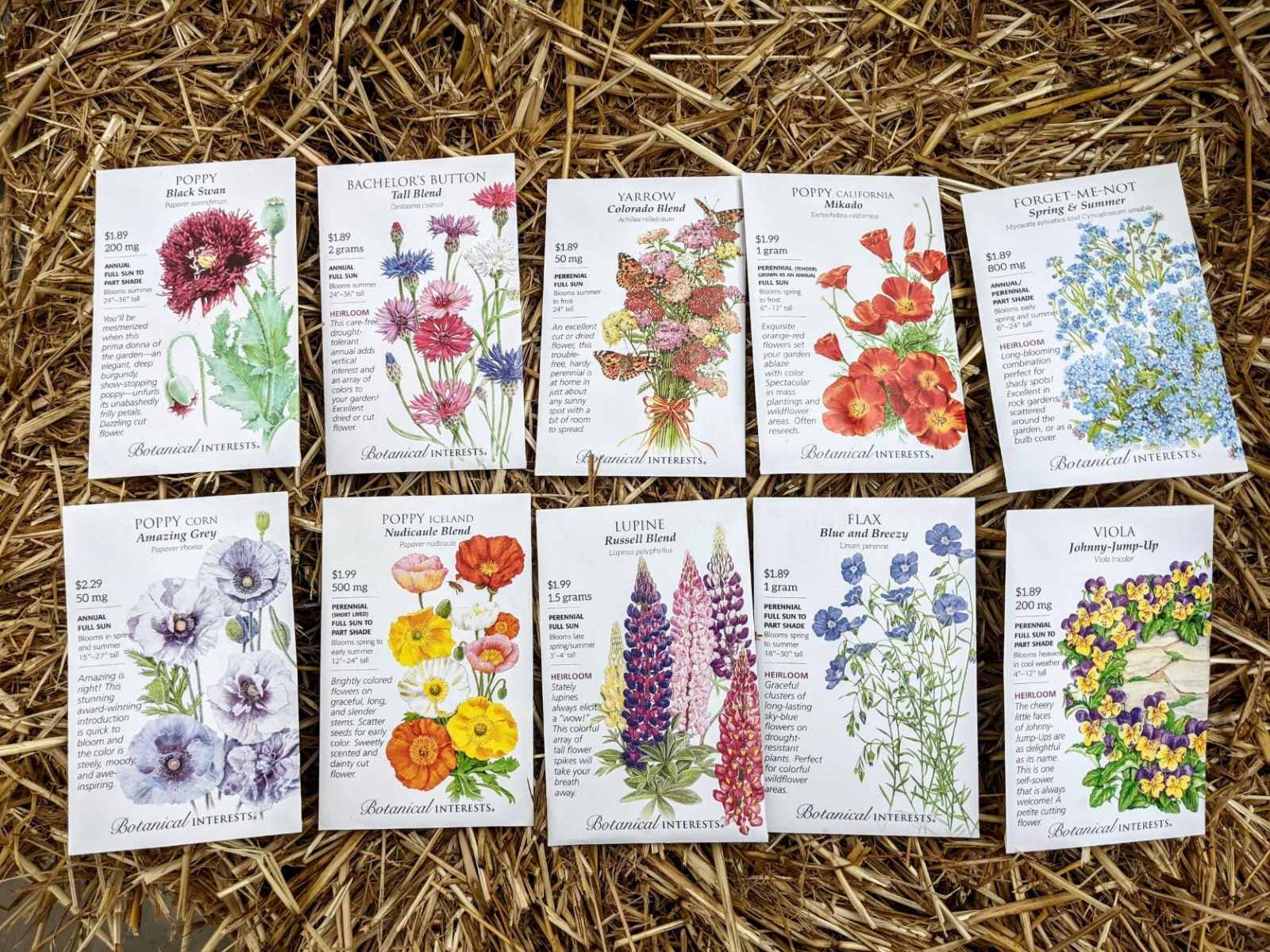
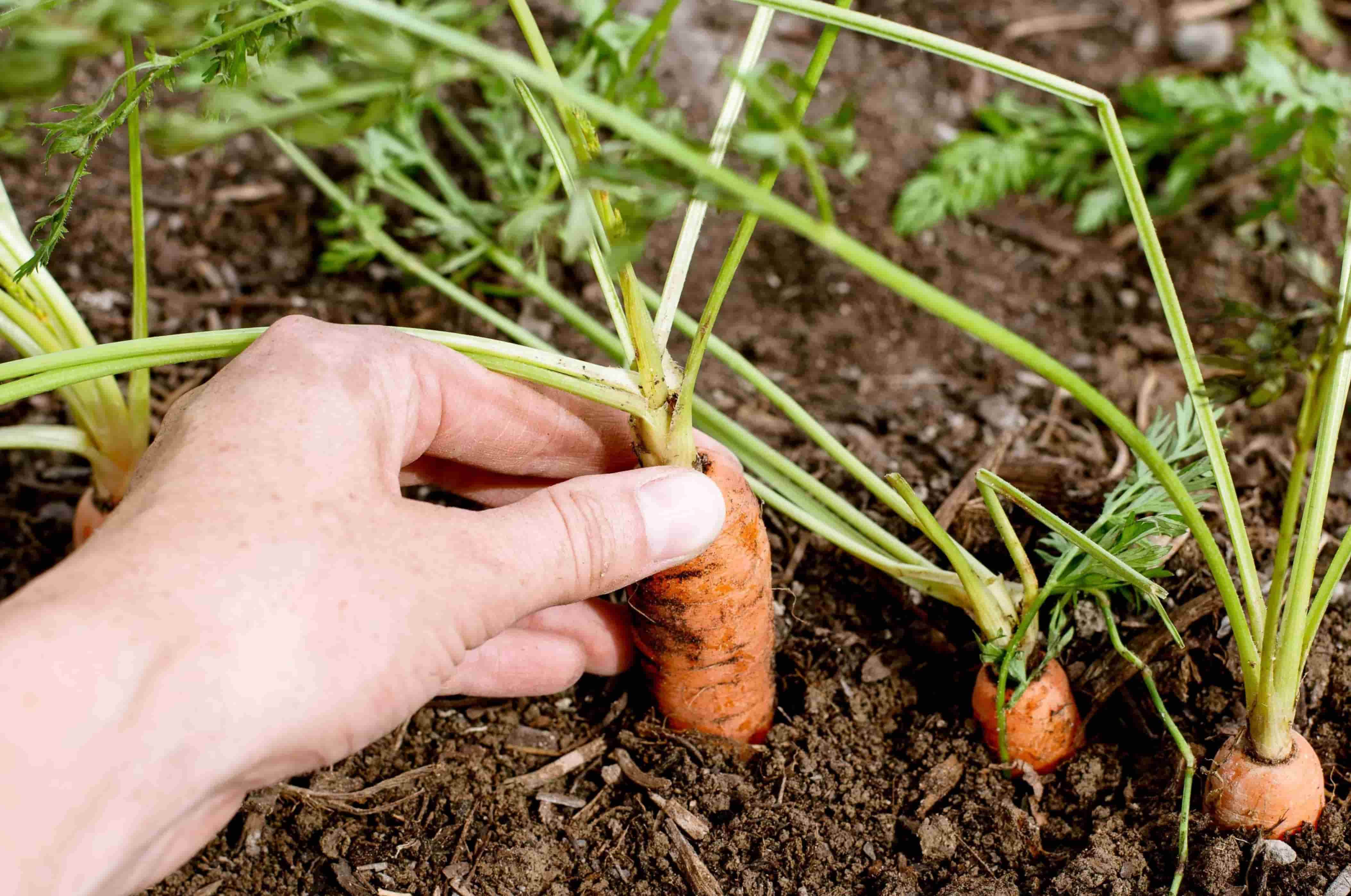
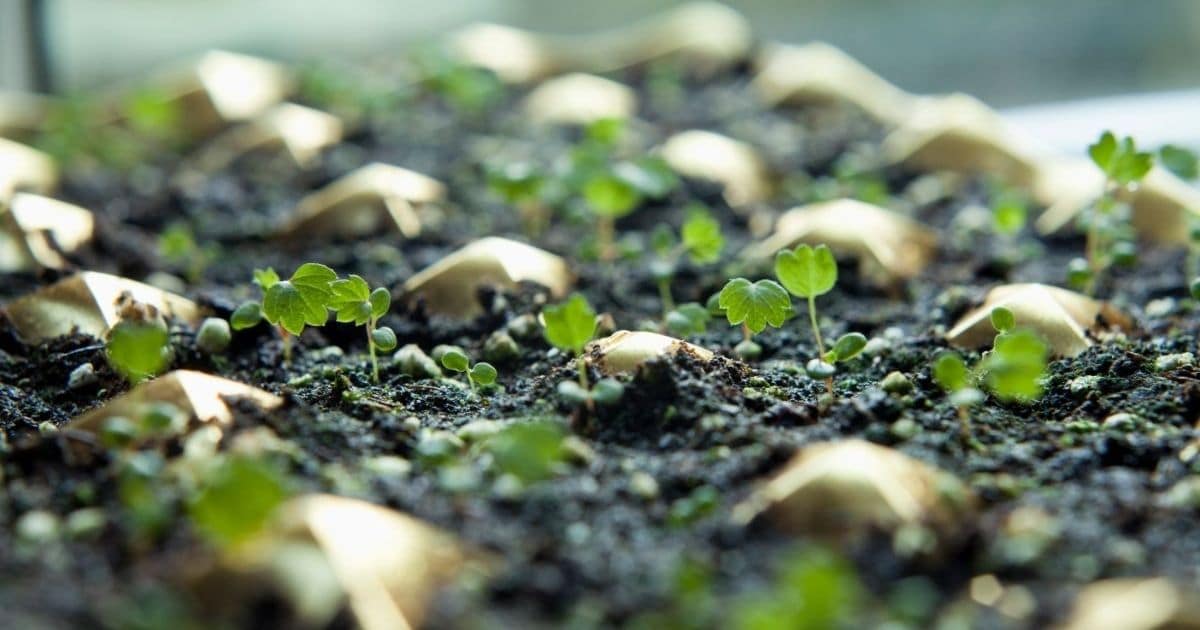
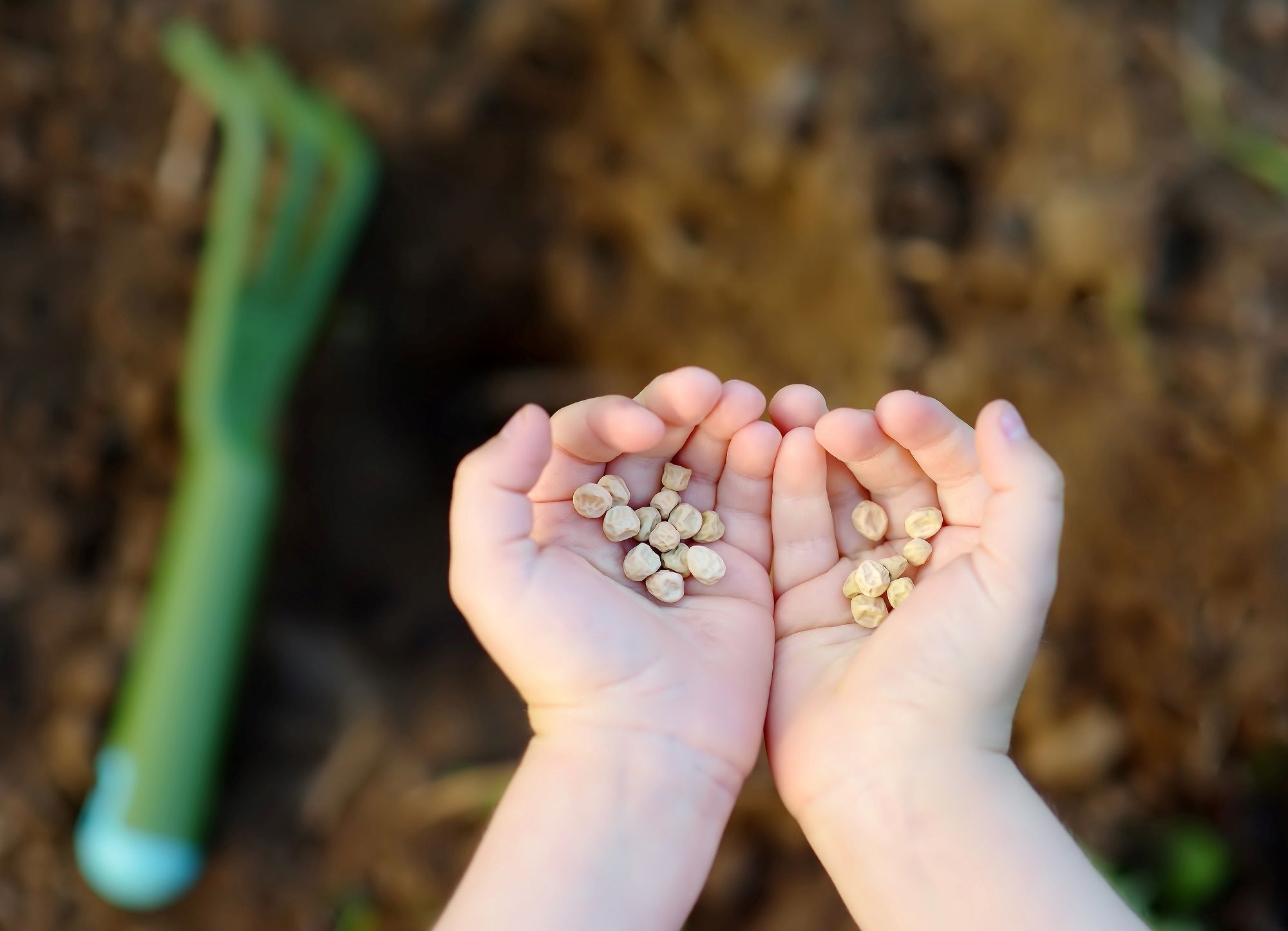
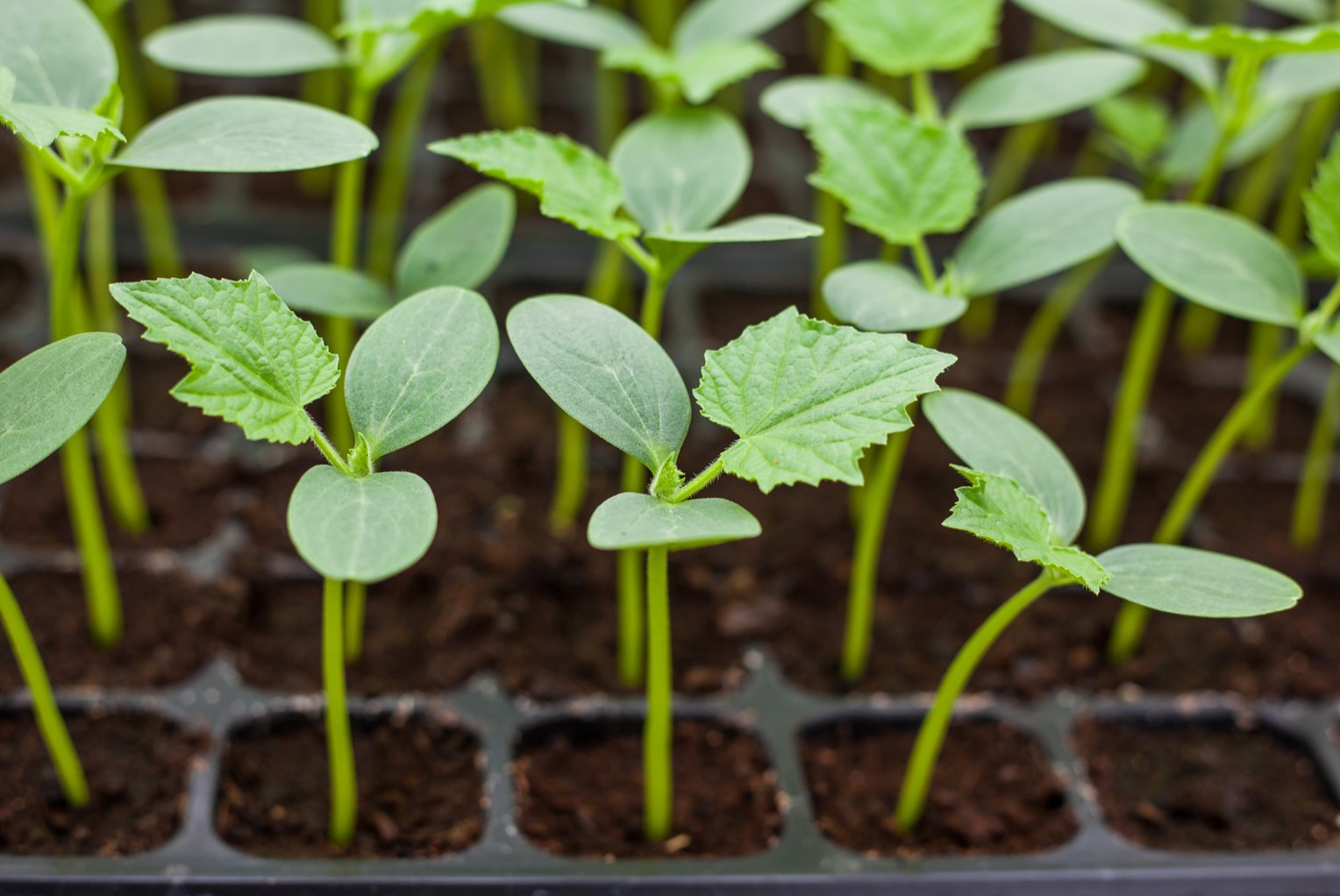
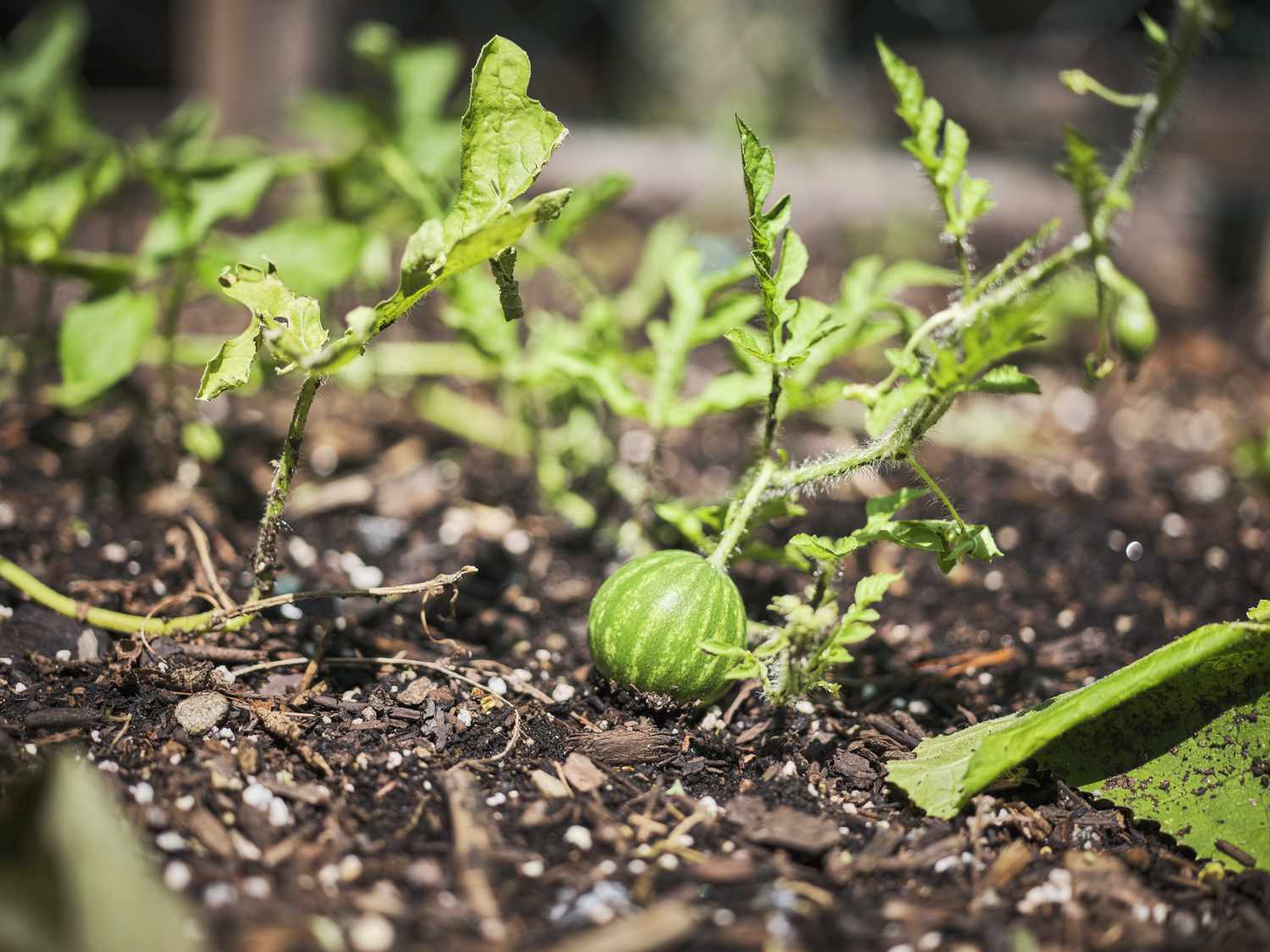
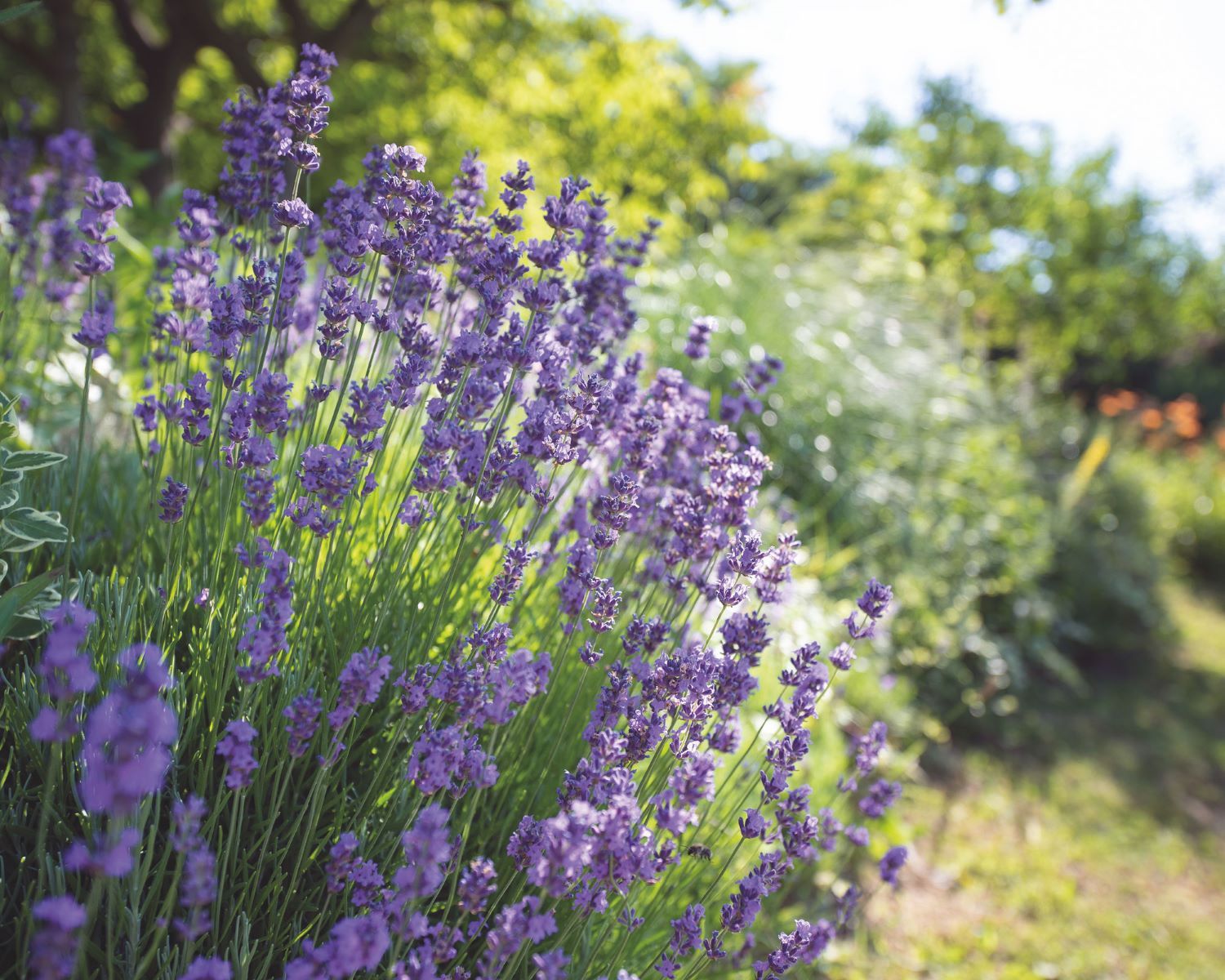
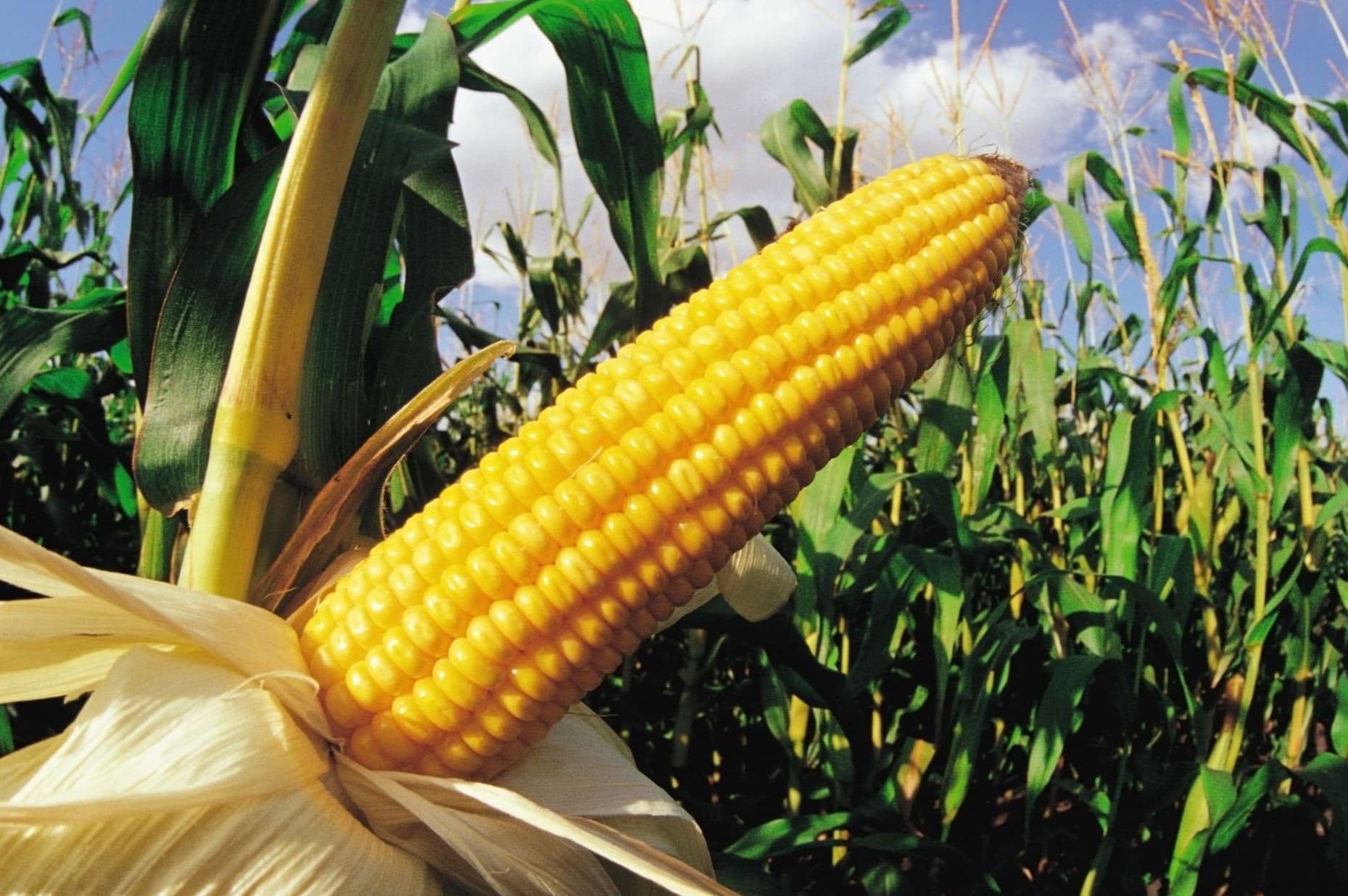
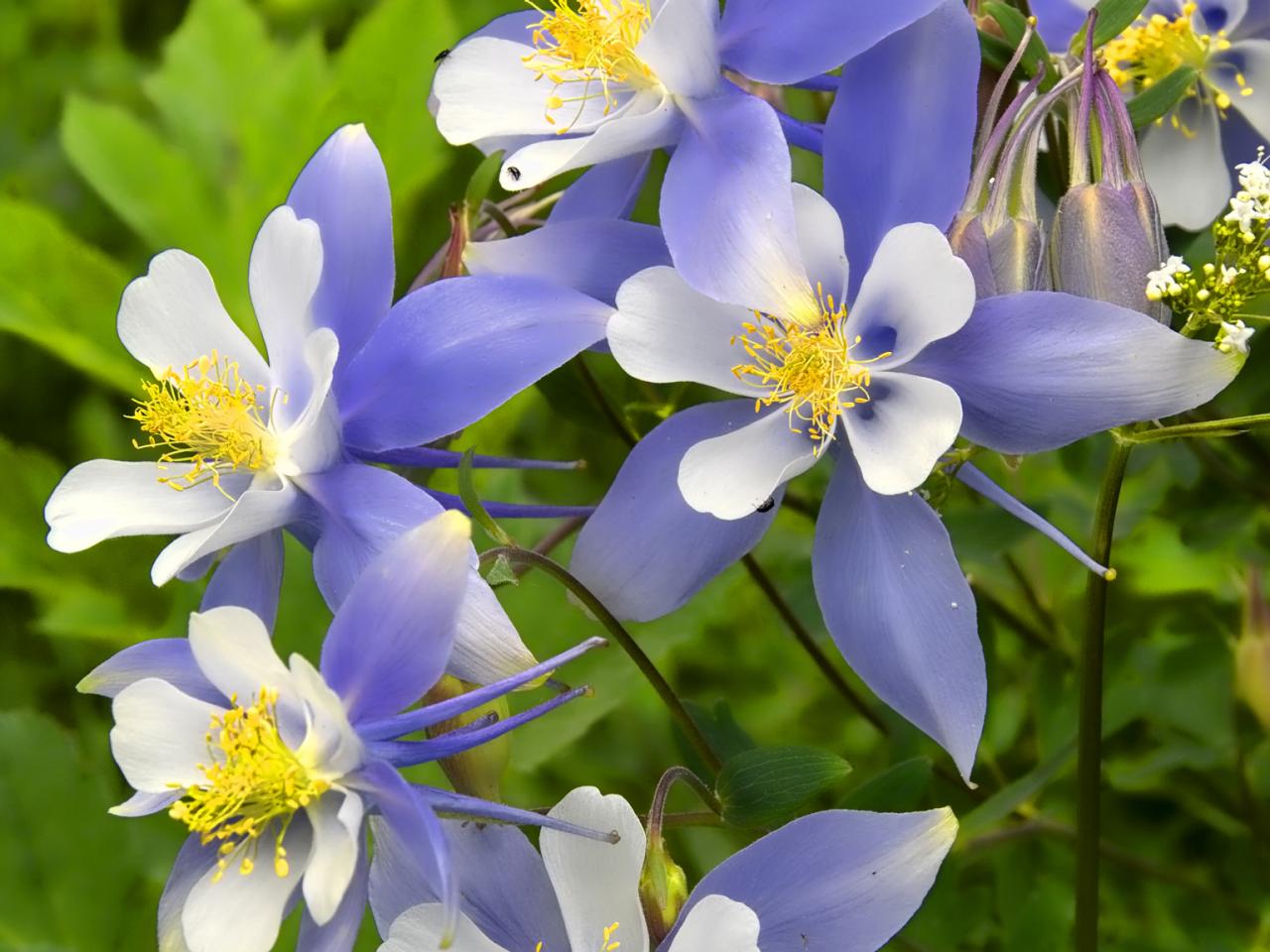
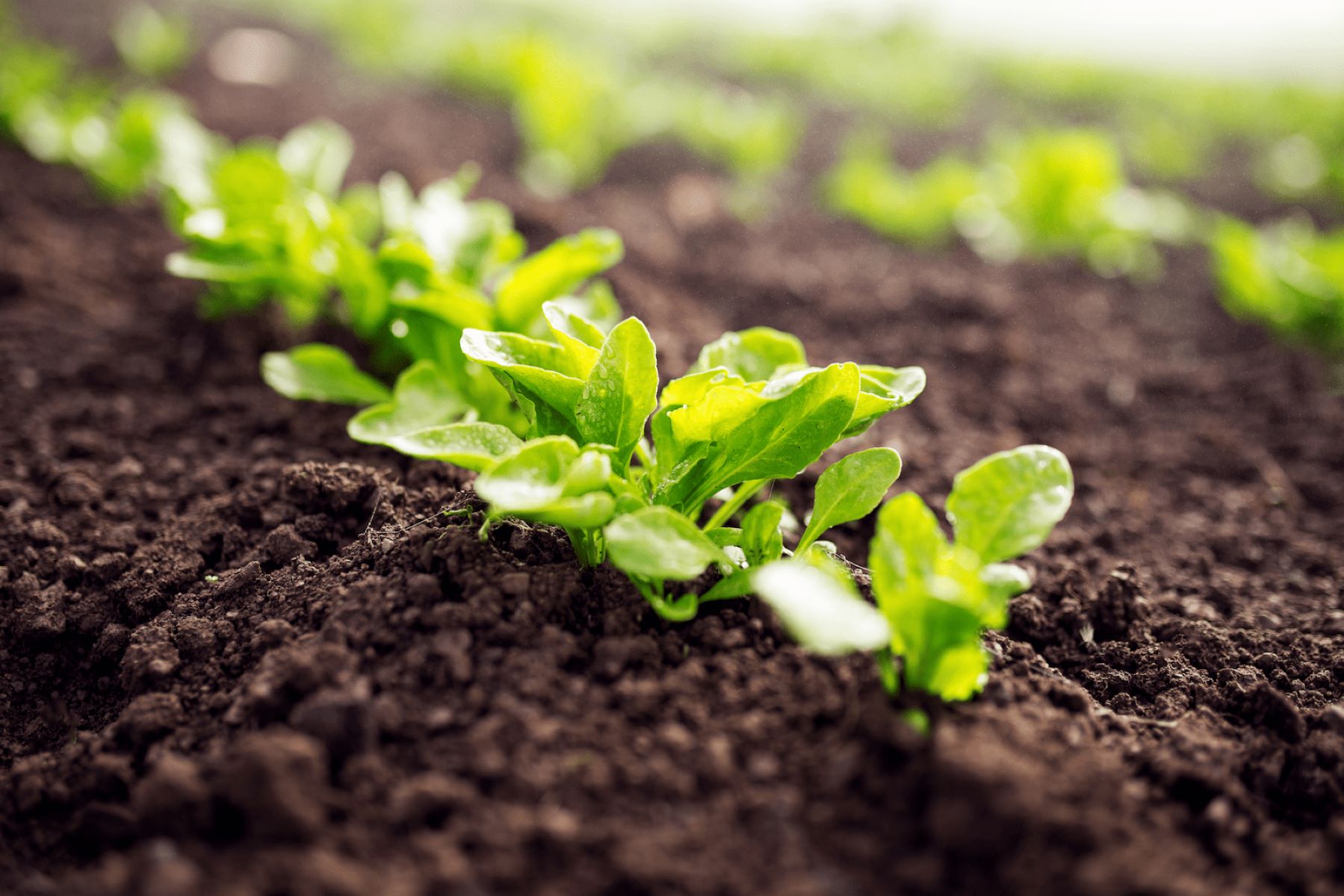
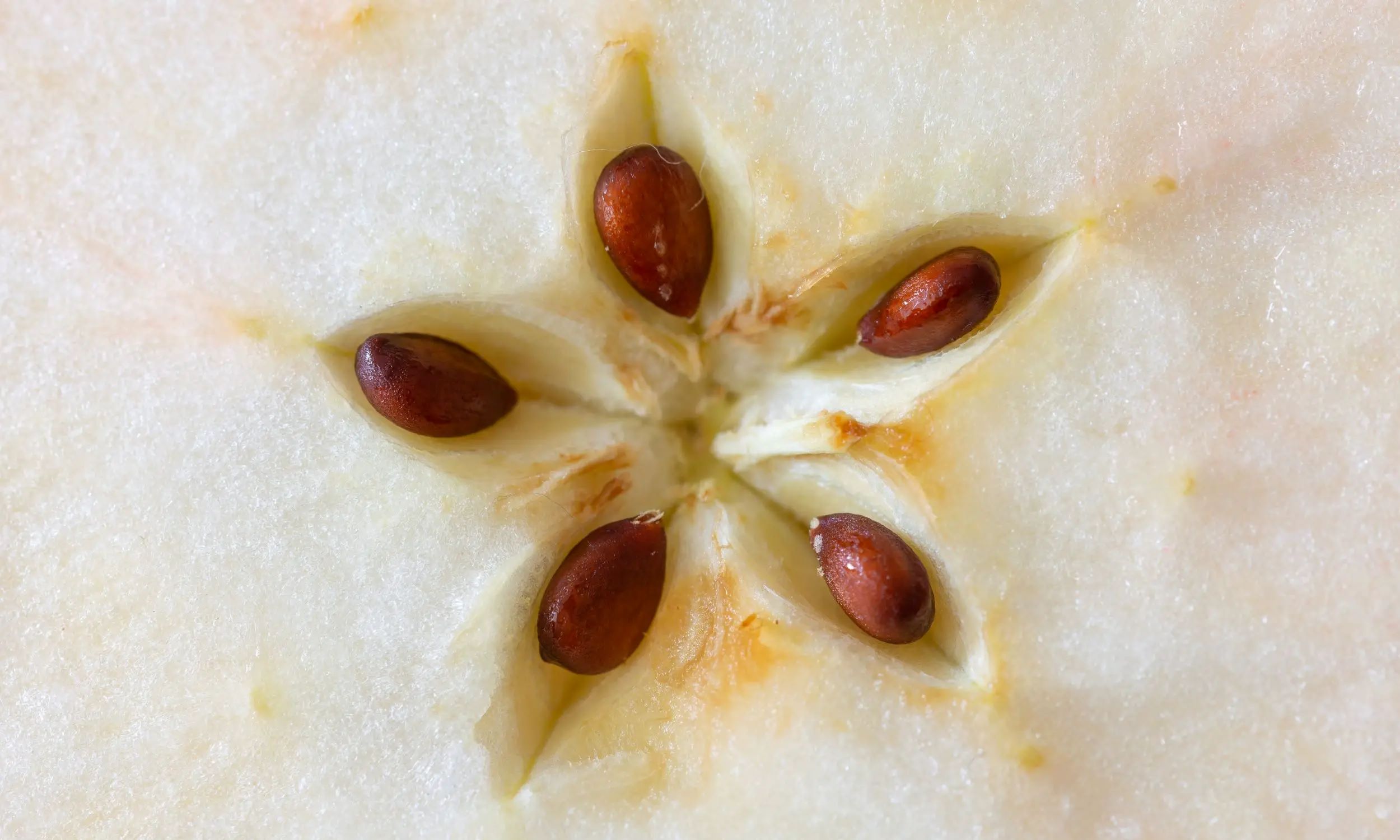
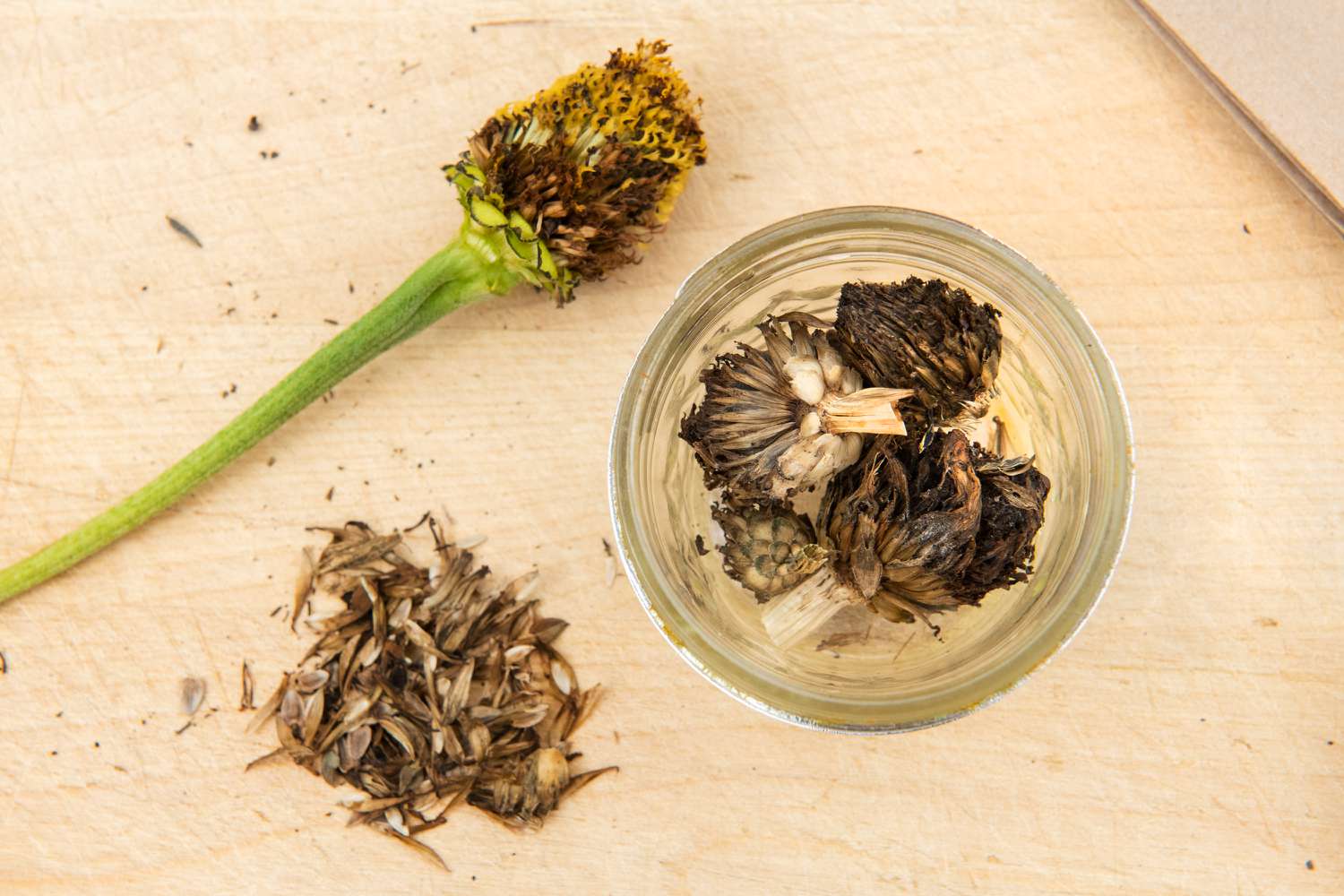
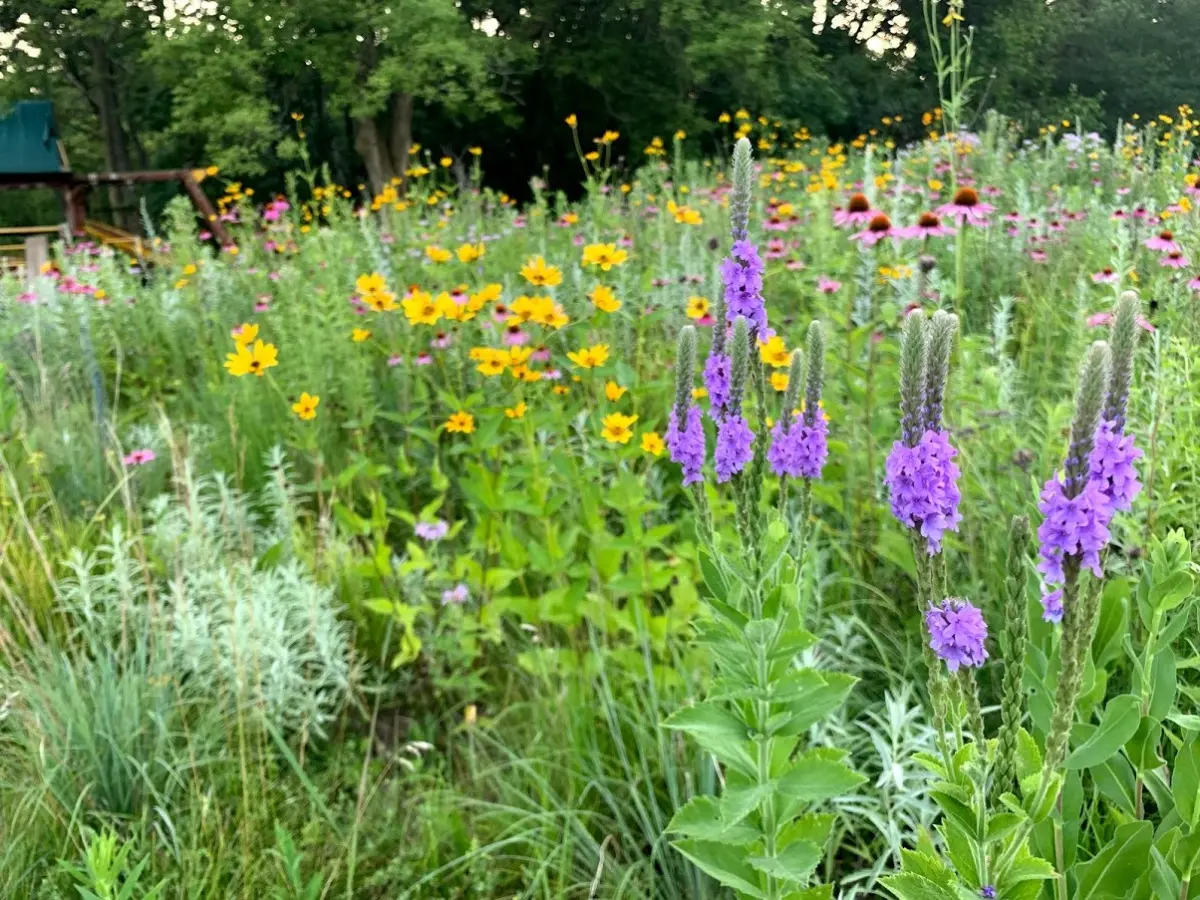
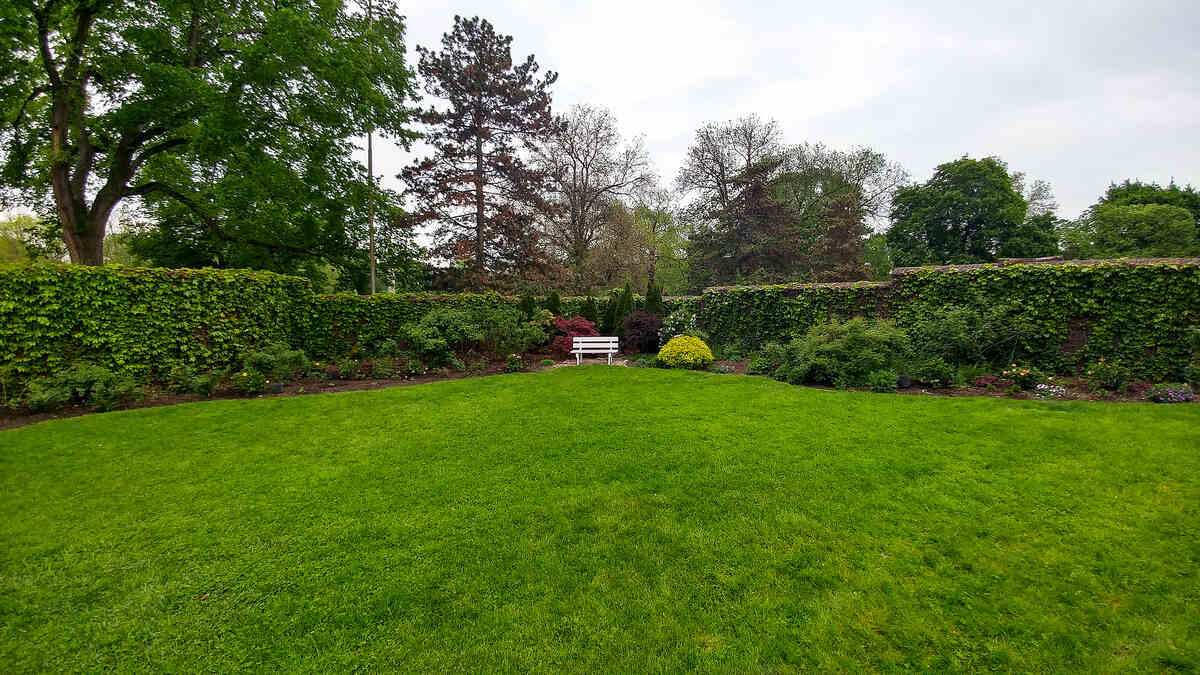

0 thoughts on “When Do You Plant Wildflower Seeds In Pennsylvania”